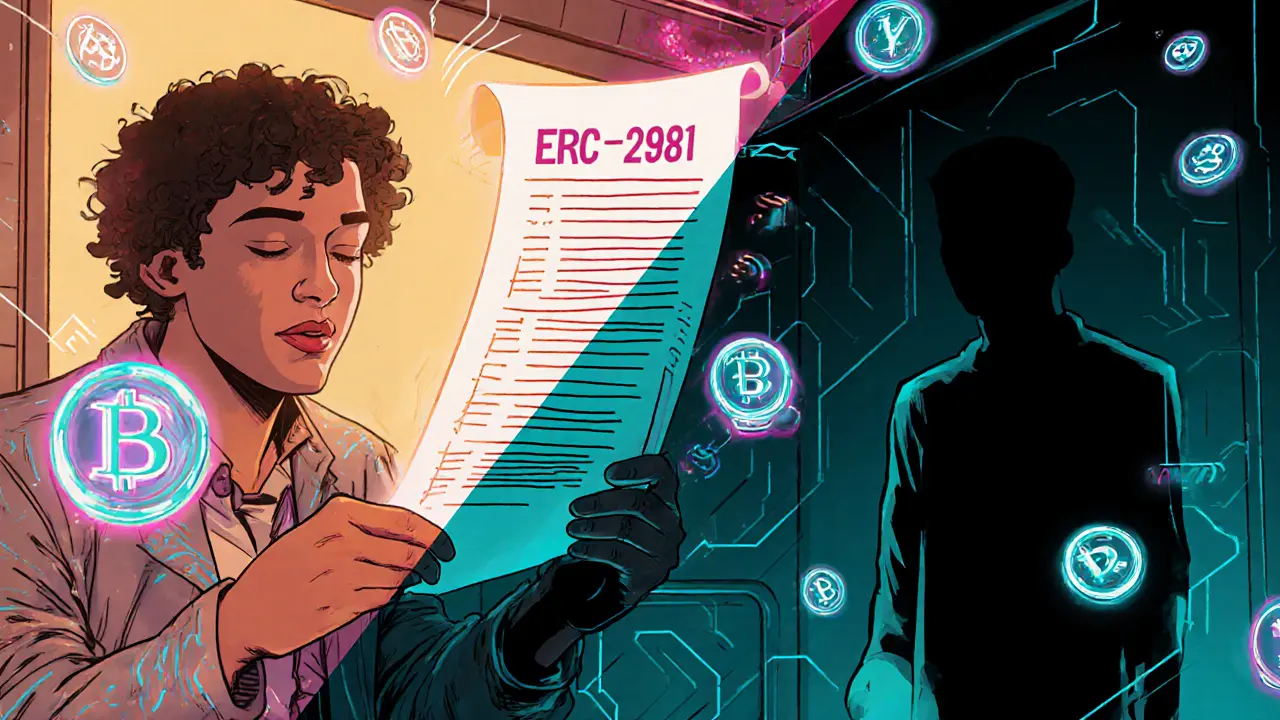ERC721-C: The Core Standard for Modern NFTs
When working with ERC721-C, a specialized extension of the Ethereum ERC‑721 token standard that focuses on collectible and utility NFTs. Also known as ERC721-C standard, it enables unique digital assets to be created, transferred, and verified on the blockchain. NFT, non‑fungible tokens that represent ownership of distinct items rely on this protocol to guarantee scarcity and provenance. The standard requires a smart contract, code deployed on Ethereum that enforces token rules and handles transfers written in Solidity, ensuring that every token ID is unique and traceable. In practice, an ERC721-C token encompasses the concepts of tokenomics, the economic model that defines supply, distribution, and value dynamics, which directly influences how marketplaces list and price these assets. This link means that crypto marketplaces, platforms where users buy, sell, or auction NFTs must support ERC721-C’s metadata standards to display artwork, metadata URLs, and royalty information correctly. Understanding these relationships helps anyone from developers to collectors navigate the fast‑moving NFT space.
Key Elements That Shape ERC721-C Use Cases
First, the metadata schema, a JSON‑formatted file that describes the token’s image, attributes, and creator is critical; without it, the token becomes a meaningless ID. Second, royalty standards, protocols like EIP‑2981 that automate creator payments on secondary sales are baked into many ERC721‑C contracts, protecting artists and incentivizing quality content. Third, the interoperability layer, tools and bridges that let ERC721‑C tokens move between Ethereum, sidechains, and layer‑2 solutions expands market reach while reducing gas fees. Finally, security audits of the underlying smart contract require rigorous testing to prevent re‑entrancy attacks and other vulnerabilities that have plagued earlier NFT drops. By aligning these elements, creators can launch projects that are both technically sound and economically viable, while collectors gain confidence that the assets they buy will retain value and function across platforms.
Below you’ll find a curated set of articles that unpack each of these pieces in depth: from real‑world case studies of ERC721‑C token launches, to step‑by‑step guides on writing compliant smart contracts, to navigating marketplace listings and royalty configurations. Whether you’re a developer looking for code snippets, an investor hunting the next collectible, or a hobbyist curious about how ERC721‑C differs from its base standard, the collection offers practical insights you can act on right away.
Explore why NFT royalties get bypassed, how marketplaces and smart contracts enable circumvention, and what new standards like ERC721‑C and Hedera offer for creators.

